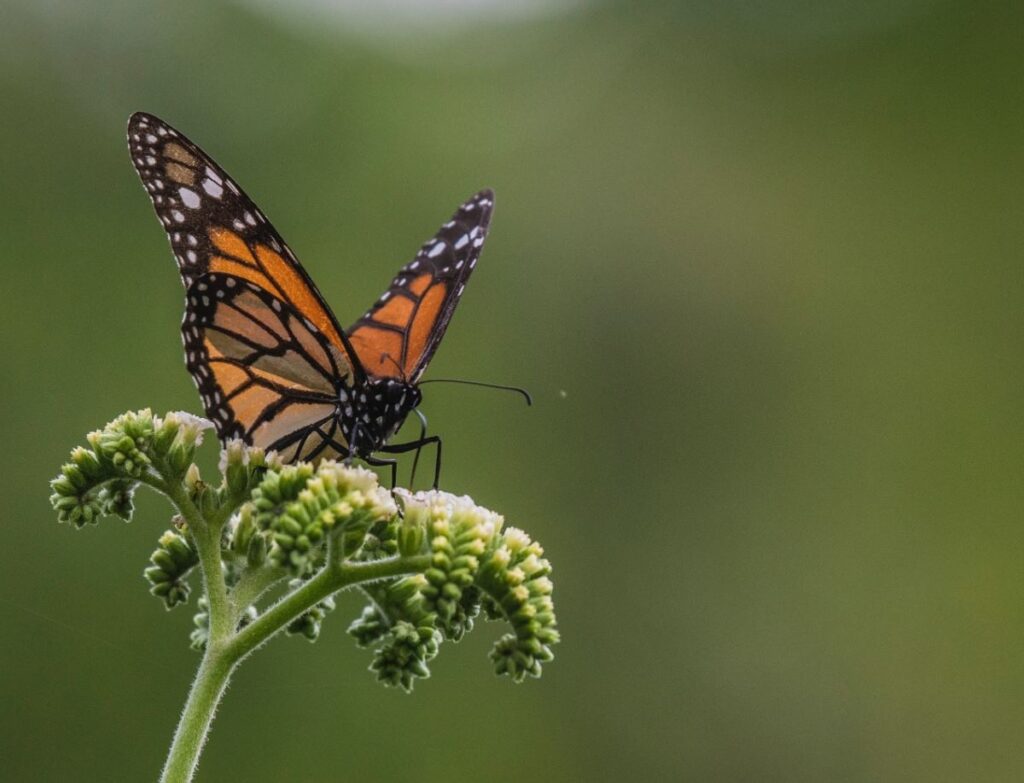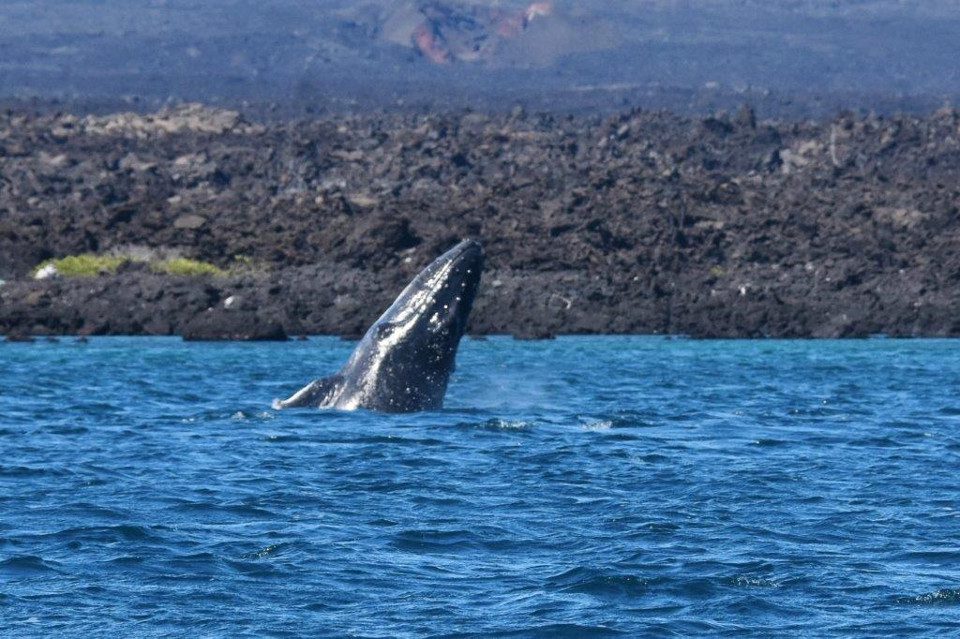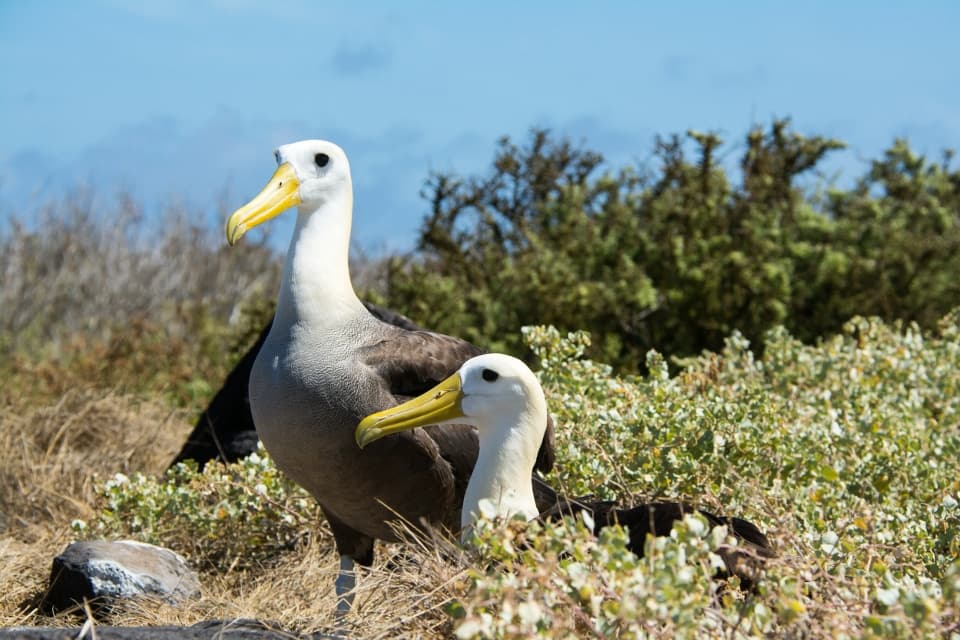Visitors to the Galapagos Islands are often surprised by the display of life that they observe.
Instead of a large mammal at the top of the food chain, such as the African lion or the North American grizzly bear, the slow-moving, plant-eater giant tortoise is the largest land animal on the Galapagos, with the 55-cm-long Galapagos Hawk taking the role as alpha predator. If you were wondering how these unique species got to this remote location, read on. Learn about the arrival of its flora and fauna and its incredible evolution!
TALK TO A DESTINATION EXPERT
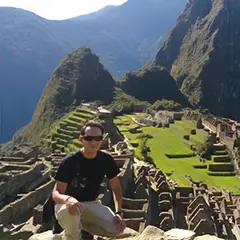
Diego Zapata

Rosa Mena

Sandy Lara

Diego Zapata

Rosa Mena

Sandy Lara
The Amazing Flora and Fauna of the Galapagos
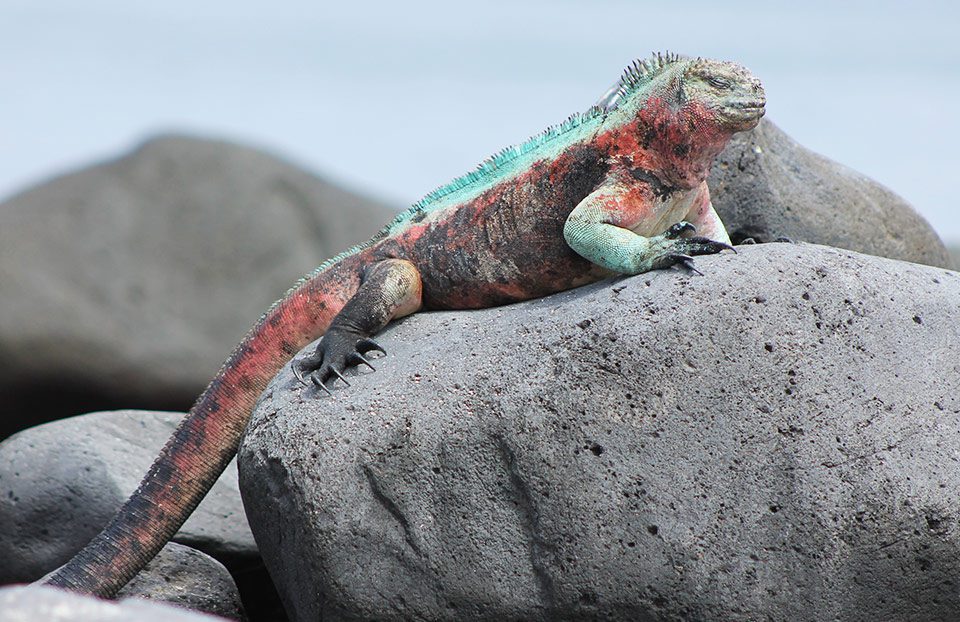
In comparison to continental species diversification, the Galapagos Islands would appear extremely imbalanced. While there are approximately 22 reptile species on the Galapagos and 56 native bird species, there are a mere six land mammals (four rat and two bat species) and not a single amphibian. In a certain light, traveling to the Galapagos is like traveling back to the era of the dinosaurs when reptiles ruled the earth.
There are two explanations for this flora and fauna imbalance. One is simply that, in geological terms, the islands are relatively young and species have had limited time to arrive at the islands and evolve. However, this imbalance is also caused by the isolation of the islands.
The Arrival of Life
The Galapagos Islands are located 600 miles from the nearest landmass and were never originally connected to the mainland, so all life that currently inhabits the islands originally came from somewhere else via long-distance dispersal.
There are only two means of transportation to carry life to the Galapagos Islands: water and air. To make matters worse, the majority of the plants and animals that inhabit the islands originated in North, Central, and South America and the Caribbean; thus, all arrivals faced an enormous expanse of open ocean and extremely harsh conditions during their journey to the Galapagos. Whether driven by their own sheer will or carried by chance (or a bit of both), the voyage was not an easy one. It was a difficult game of strength and luck, which only those fittest for the voyage were able to survive.
Larger animals that are either strong swimmers or flyers, such as sea birds, sea lions, and sea turtles, arrived at the archipelago thanks to their own abilities; however, even for them, the journey was not simple. It is likely the animals were thrown off course by wind or ocean currents (i.e. penguins) during migration or feeding and were then directly exposed to the strong sun for weeks without freshwater before arriving to the Galapagos Islands.
By Water
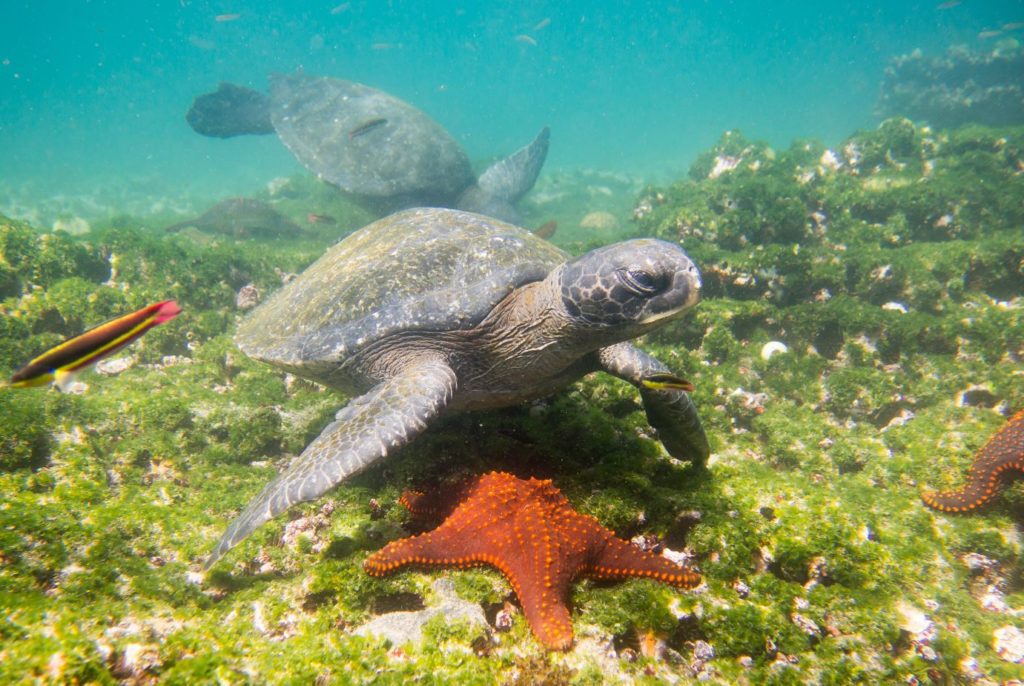
However, for those animals that did not have the luxury of swimming (mammals and small reptiles), experts generally believe that they arrived at the Galapagos on naturally forming rafts of vegetation. Although this seems difficult to believe, (indeed, it is likely that the majority of these rafts sunk before completing their journey), it only would have taken a few rafts to start the current fauna population.
These animals would have been exposed to strong sun and winds in addition to harsh salt-water conditions, without water or food. Thus, this “raft” theory explains the reason why there are so many reptiles, no amphibians, and so few mammals. Reptiles are conditioned to withstand weeks of strong sun and higher levels of salt, while they only require small amounts of food and water (short-term). However, amphibians would not have been able to survive the long journey without freshwater, and only a select few mammals would have been able to cope in these conditions.
By Wind
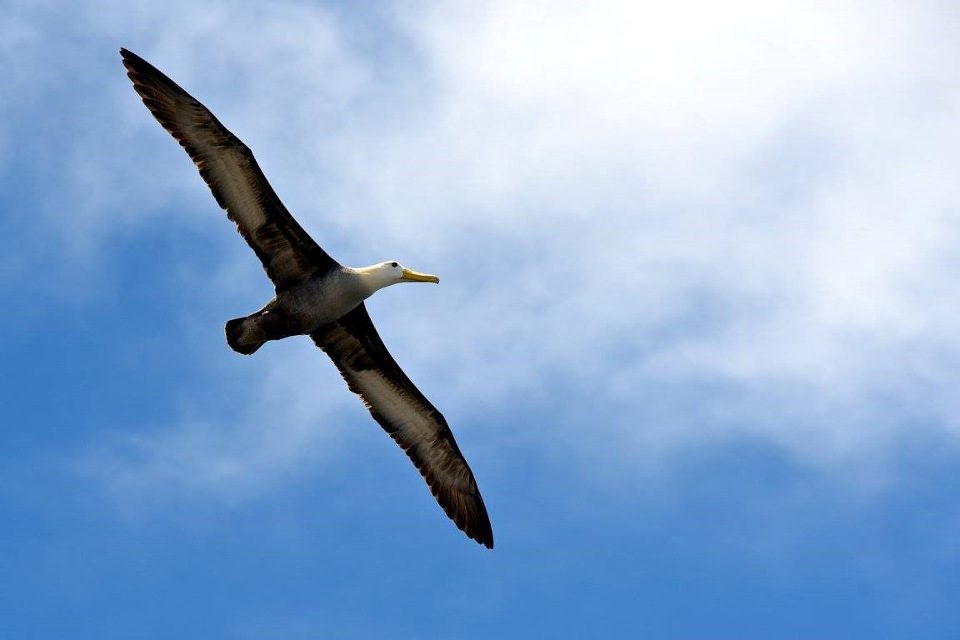
Experts also believe that a large number of small insects and plants were carried to the archipelago by the wind. Lightweight seeds and spores, such as those from low-form plants (ferns, mosses, and lichens) would have been caught up in the wind and perilously blown across the ocean to the islands. Because of this, those plants with heavier seeds, such as vascular plants, are quite scarce on the Galapagos (excluding those seeds designed for wind transport, such as the dandelion). Wind currents also assisted small insects and snails, as well as weaker-flying land birds and bats on their journey to the islands. Some plant species received an additional boost by hitching a ride on birds that arrived at the islands, attached to their feathers or feet, or even released through their digestive tract.

Javier Garcia
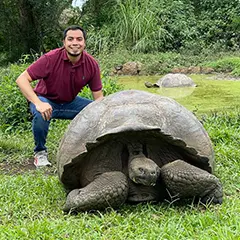
Eduardo Silva
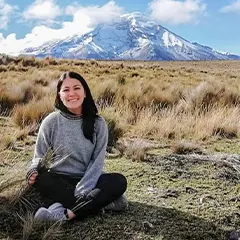
Carolina Escobar
START PLANNING YOUR TRIP

Javier Garcia

Eduardo Silva

Carolina Escobar
Get in touch for more
CONTACT US
Nevertheless, of those species that arrived at the Galapagos Archipelago, it can only be assumed that even more were unable to survive the horrendous trip. Yet, in a certain way, it adds to the beauty of the islands, which formed through the culmination of chance in an ultimate test of the strength of nature.
